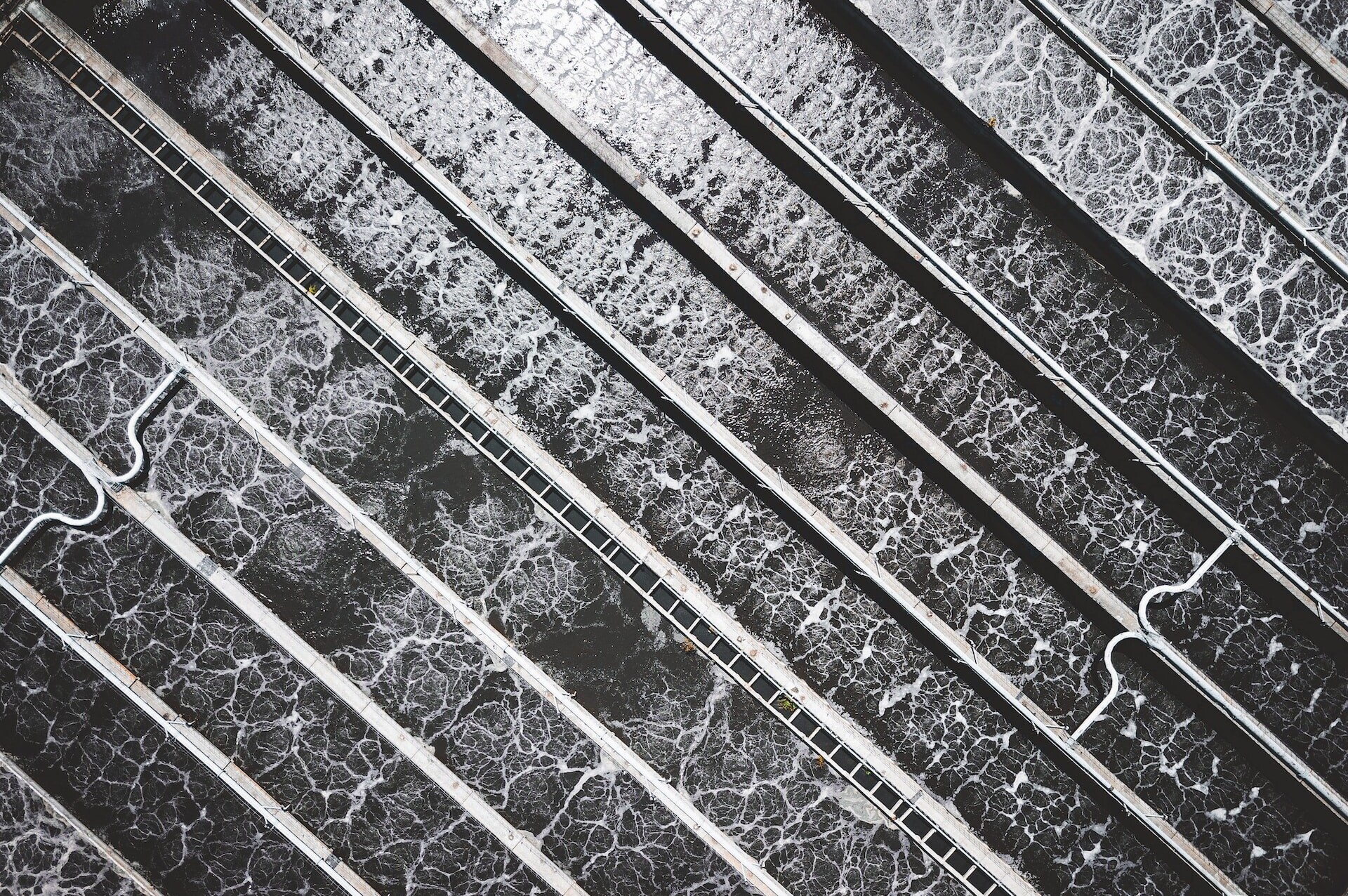
5 Types of Filters at Water Treatment Plants
We are reader-supported. When you buy through links on our site, we may earn affiliate commission.
A simple glass of water isn’t actually that simple — it goes through a long process on its journey from stream to straw. When you have a sip of water, you can probably thank one of these five different water filter types for cleaning it.
Water Filter Types at Treatment Plants
In 2021, the global water treatment industry was worth $281.75 billion, and experts expect it to see a compound annual growth rate of 7.1% until 2029. The sector’s value reflects its importance to human health as the population expands.
Filtration is one of the five steps in making water safe for human consumption. The other steps are chemical addition, coagulation and flocculation, sedimentation and clarification, and disinfection. The filtration process only involves removing small particles from the water. Here are a few common water filter types that municipal treatment plants employ.
1. Slow Sand Filters
Many developing countries use slow sand filters because they require little energy input and have low operating expenses. These filters are usually rectangular or cylindrical and often treat surface water.
In contrast to all other water filter types, slow sand filters work by forming a biological film that grows on the sand’s surface. The sand is simply a substrate for the biofilm — also called the Schmutzdecke or hypogeal layer — to grow on. Bacteria, fungi, insect larvae and other microorganisms compose the biofilm. As it grows, some larger organisms like snails and worms may show up.
When water passes through the Schmutzdecke, particles like bacteria get trapped inside the biofilm. The microorganisms in the film eat the foreign matter passing through. The resulting water is much cleaner than it was before, and is ready for the next step in the treatment process. One study found that slow sand filters remove up to 99.6% of coliform bacteria.
Slow sand filters become less effective as the hypogeal layer thickens over time and reduces the water flow rate. Maintenance workers can scrape the top layer of sand off to let it start anew, or they can lower the water level until it’s just above the biofilm and stir the sand. Then, they fill the filter column and bring it back into service.
2. Screen Filters
A screen filter is one of the simplest water filter types. It uses a flexible or rigid screen to strain particulate matter out of water for industrial or agricultural purposes, such as irrigation or aquaculture.
Screen filters are often made from stainless steel mesh, nylon, polyester or polypropylene. They may have very high flow rates compared to other filter types, and are not ideal for filtering organic matter out of water. Some automated screen filters have a flush valve that opens periodically to expel the waste that builds up inside. This process is called an automatic backwash cycle.
3. Disc Filters
Much like a screen filter, a disc filter is handy for treating water used for industrial and agricultural needs, particularly irrigation systems. It can backflush rapidly and with very little water compared to other water filter types.
The disc filter gets its name from the shape of the cartridge, which is composed of bumpy or grooved plastic discs stacked on top of each other. The discs are color coded to display which level of filtration they provide. Each disc has a hole in the middle so that the stack has a hollow chamber running through it. As water runs through the space between the discs, the filter catches particulate matter.
The size, angle, length and number of intersections in the spaces between the discs determine the filtration quality. Disc filters are useful for straining out sand and organic matter, although organic matter tends to clog them up frequently. Maintenance workers must backflush them either by hand or by using a booster pump that separates and spins the discs.
4. Rapid Sand Filters
Water makes up around 60% of the human body, and most of the water you’ve consumed likely went through a rapid sand filter. The most common water filter type, rapid sand filters use coarse sand or other granular materials to remove particles from water. Because they don’t always use sand, some people call them rapid filtration filters rather than rapid sand filters. They’re more common in developed nations due to their complexity and high operating expenses.
There are two types of rapid sand filters. Paterson’s filters use gravity to draw the water through the sand. Candy’s filters, in contrast, use pressure to pump the water through the filter medium. Neither process affects the water’s taste unless the filter medium contains activated charcoal.
Like many other water filter types, rapid sand filters are simply one part of a multi-stage municipal water treatment system. Mixing, sedimentation and flocculation often take place before sending the water through the sand filter. It’s common to use chemical additives like coagulants in the filtration process.
It’s important to clean rapid sand filters often, sometimes several times a day. Maintenance workers perform the backflushing process by reversing the water’s direction and adding compressed air to the filter. The resulting sludge usually goes into a tanker — known as a dirty washwater tank — that removes it from the facility.
5. Membrane Filters
This water filter type cleans water for limited household use, industrial applications or before discharging it into a river. A membrane filter has a barrier that separates particulate matter from water.
There are different types of membrane filters, each with a different mode of action. They may contain either reverse osmosis membranes, ultrafiltration membranes or nanofiltration membranes.
Reverse osmosis filters apply pressure to a membrane that lets the water pass through while flushing out inorganic compounds. Ultrafiltration filters contain an ultra-fine sediment or particulate filter, allowing the water to pass through while catching fine particles. Nanofiltration membrane filters contain nanometer-sized pores that only allow particles 10 nanometers or smaller to pass through. The tiny pores can filter out minerals from the water to soften it.
Thankless Heroes
Although you probably don’t think about it much, municipal water filters play a critically important role in everyday life. They reduce the incidence of waterborne illnesses and ensure people can have clean, clear water on tap. Common water filter types are membrane, slow sand, rapid sand, disc and screen filters.
Share on
Like what you read? Join other Environment.co readers!
Get the latest updates on our planet by subscribing to the Environment.co newsletter!
About the author
Jane Marsh
Starting from an early age, Jane Marsh loved all animals and became a budding environmentalist. Now, Jane works as the Editor-in-Chief of Environment.co where she covers topics related to climate policy, renewable energy, the food industry, and more.





